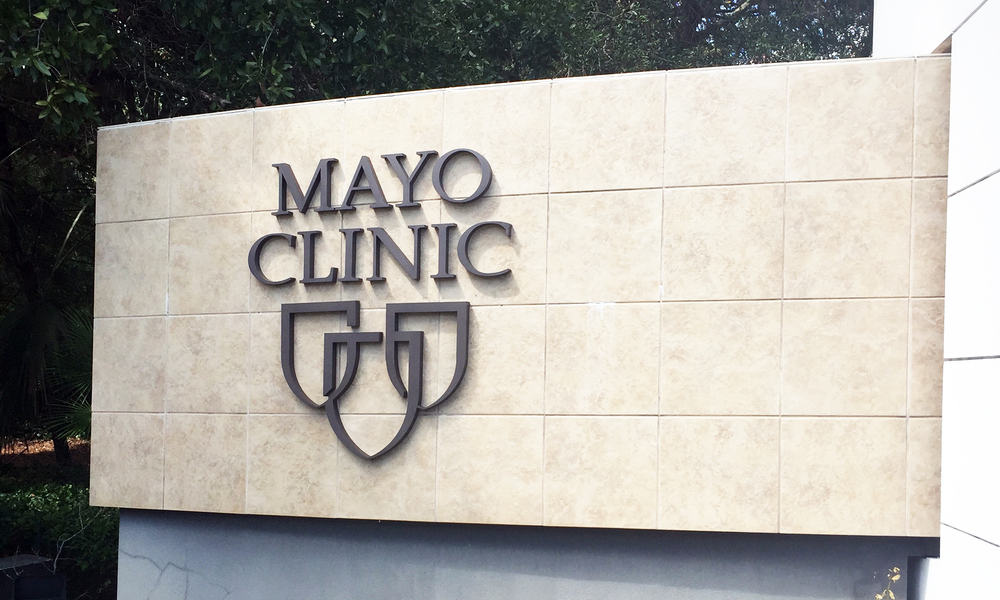The Mayo Clinic is investing nearly $1 billion in digital healthcare technology over the next three to five years.
Specifically Rochester, Minn.-based Mayo plans to spend $996 million over that period to consolidate disparate electronic health records systems onto a new centralized digital medical records system from Epic Systems Corp. “The clinic has an initiative with a major healthcare software company to consolidate onto a single integrated, patient-centered electronic medical record and revenue cycle management program,” Mayo says in its just released annual report. “The project is highly complex and integral to operations, and operational and capital expenditures are estimated to exceed $1 billion with a timeline of approximately five years for implementation of all clinic locations.”
In January 2015 Mayo Clinic announced it was consolidating three disparate medical records systems onto a new Epic system that 45,000 Mayo employees ultimately will use. The past two years have been spent getting ready for the transition, with implementation work scheduled to begin in 2017, Mayo says. As part of the integration process Mayo in February 2016 sold its primary data center in Rochester to Epic in a sales and lease deal valued at $46 million.
Mayo operates a sprawling national healthcare system that consists of more than 70 hospitals and clinics across Minnesota, Iowa, Wisconsin and Georgia. Mayo Clinic also operates several medical schools including Mayo Medical School, the Mayo Graduate School, and the Mayo School of Graduate Medical Education and Mayo School of Health Sciences.
In 2016, Mayo treated about 1.3 million patients, about the same number of patients treated in 2015, Mayo says.
Mayo also reported several other digital metrics that point to consumers using the internet and access to online medical information to manage their health and wellness, Mayo says.
The metrics include:
- Nearly 1 million people have patient online services accounts which give them access to their electronic healthcare data.
- Nearly 75% of patients who have had an appointment at Mayo have accessed their online account within two weeks of that appointment.
- More than 1.1 million patient-initiated secure messages were sent in 2016.
- Nearly 10,000 patients were seen from appointments requested through the Mayo Clinic app.
- More than 20,000 discrete telemedicine consultations occurred across the Mayo system.
- Mayo Clinic capital expenditures exceeded $600 million in 2016. These expenditures are part of a multiyear plan to invest in state-of-the art equipment, facilities and technology including a new electronic health record and revenue cycle management system, network infrastructure and security upgrades.
“The Center for Connected Care continues to create and sustain digital connections with patients,” Mayo says.
Favorite
